What are the types of indoor plants, the most beautiful ones, names, descriptions, photos
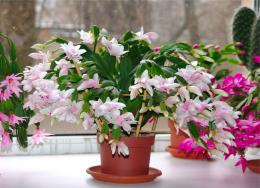
Few people wonder what kind of indoor plants there are, what groups they are divided into, and where the green beauties come from.
However, often knowledge of which group a particular flower belongs to is necessary for proper care.
Content:
- What types of indoor plants are there, what groups can they be divided into?
- Decorative blooming indoor flowers
- Non-flowering foliage houseplants
- Succulents
- The most beautiful indoor flowers
- Unpretentious indoor plants
- How to determine the name of a houseplant
What types of indoor plants are there, what groups can they be divided into?
There are a number of classifications, both botanical, according to their belonging to families and species, and conditional.
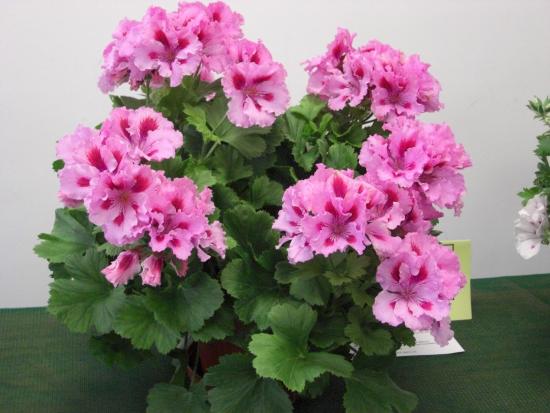
One of the simplest and most convenient is considered to be a conditional division into such groups.
| Decorative foliage | They differ in that they maintain a green crown throughout the year. |
| Decorative flowering | This group includes all indoor plants that bloom for a long time (orchids, begonias, hesperaceae) |
| Succulents and cacti | Drought-resistant flowers, most often represented by aloe, kalanchoe, milkweed, agave |
| Fruit | A small group that includes several types of fruit trees (pineapple, pepper, citrus fruits, kiwi) |
It is easy to determine belonging to this community - representatives who, growing up in apartment conditions, bear fruit are classified as fruit-bearing.

When choosing a variety, it is important to take into account the characteristics of cultivation and subsequent care.
So, some people like abundant watering and lighting, while others, on the contrary, prefer diffused light and minimal moisture.
Decorative blooming indoor flowers
This group is the second in number of representatives. All grow well indoors, although they require proper care. Representatives of this group can be recognized by their abundant and long-lasting flowering, some of which last throughout the year.
Among the decorative flowering varieties there are both annuals and perennials. It is important to remember that the first ones, after the end of flowering, often dry out with the subsequent formation of seeds.
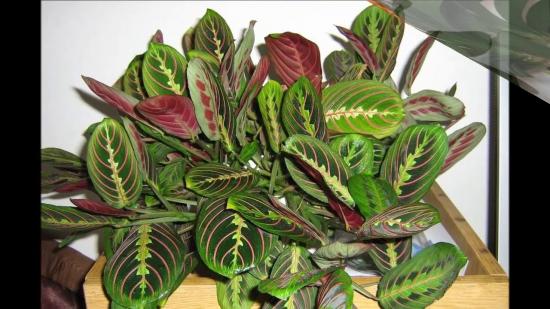
However, in order for these plants to bloom, it is recommended not to forget about the need to properly organize care. First of all, in accordance with the needs of the species, it is recommended to select a place for the flower and provide appropriate light and temperature conditions.
Prominent representatives of decorative blooming flowers are those listed below.
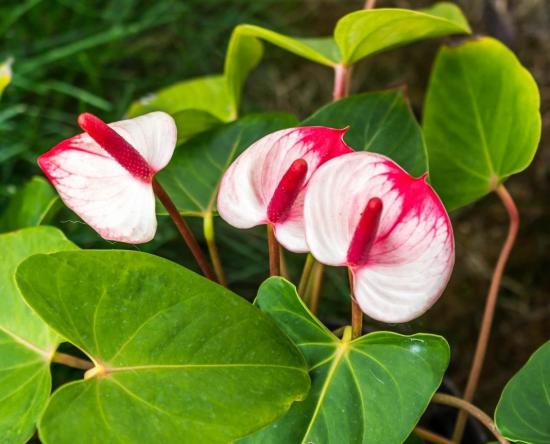
Anthurium - exotic beauty, which can be recognized by its large, broad, dark green foliage. The bud is shaped like a yellow cob surrounded by rich red leaves.
Quilia - this South African variety loves high humidity, which is important to consider when growing.
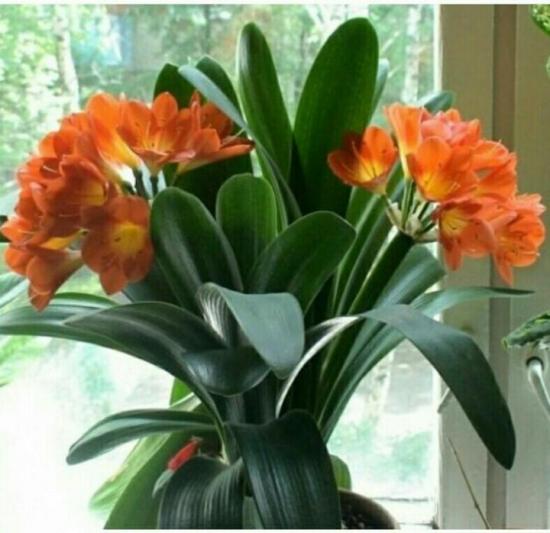
It tolerates shaded areas without damage, which allows you to place the pot in any convenient place.
Chinese rose - looks like a low-growing tree, which is recommended to be pruned from time to time to maintain a neat appearance.
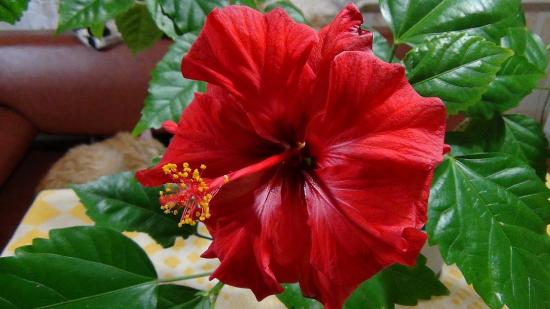
The bud is bright red, remains open for a day and then falls off, but others open to replace it.
Spathiphyllum - a snow-white flower of amazingly delicate beauty, which is whimsically combined with absolute ease of care. Outwardly, it somewhat resembles calla lilies.
Uzambara violet is a popular and unpretentious variety. The color of the buds differs depending on the variety, but its juiciness will be the same.
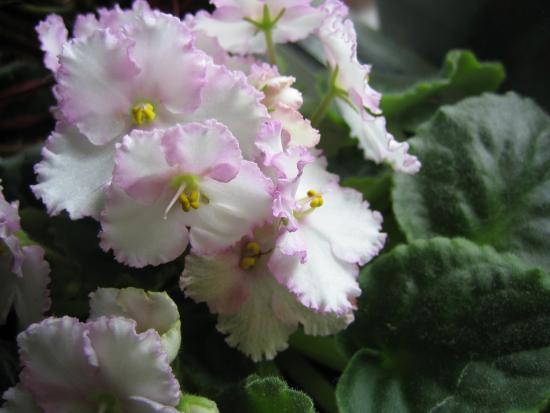
Like other violets, it does not respond well to direct watering; when caring for it, it is recommended to pour water into the pan several times a month.
Phalaenopsis - belongs to the Orchids, but is completely unpretentious in care. A distinctive feature is the presence of aerial roots, which allows the orchid to absorb water from the air. The color of the buds differs depending on the variety.
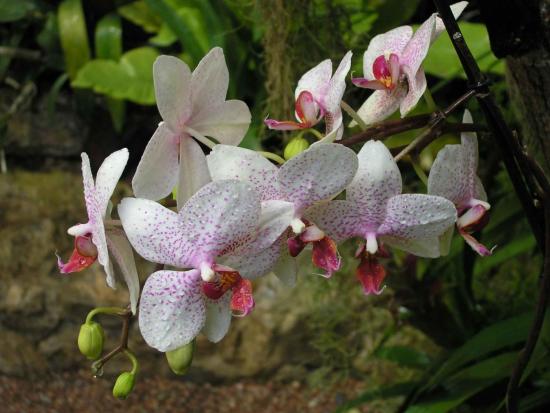
The group unites a large number of a wide variety of varieties and species. If desired, you can find both lush flowering trees and delicate flowers such as orchids.
We invite you to watch a video about indoor plants blooming in winter:
Non-flowering foliage houseplants
This group includes the largest number of indoor plants. The main feature of the group is the fact that the representatives are distinguished by lush and delicate foliage of all possible colors: from the usual green to variegated, yellow and white.
Representatives of non-flowering deciduous trees are an excellent addition to any decor. Species diversity makes it possible to choose exactly what you need.
The main advantages are the greenery, the plates of which, as they grow, take on the most bizarre shape.The plates can be dissected, linear, oval, or jagged.
Despite the name, representatives of this group still bloom, but the buds are often small in size and appear quite rarely. For some, you may not notice them at all.
Non-flowering deciduous trees are not as demanding on lighting conditions as flowering ones. However, this does not mean that all species are recommended to be placed in the shade; some representatives will begin to change the color of the plates.
In contrast to flowering ones, representatives of this group react sharply to a lack of moisture and nutrients, which leads to darkening. Representatives of this group are: palm trees, vines, ferns, bamboos and others.
Useful video about growing bamboo:
Nature is rich in a variety of non-flowering species, and selection increases this diversity every year. As among the flowering ones, there are both unpretentious representatives and especially capricious species, which is recommended to be taken into account.
Succulents
The name “succulents” includes unpretentious species that can easily tolerate a lack of moisture. Fleshy stems and leaves that allow them to store water distinguish all succulents.

The most famous types of indoor succulents are:
- Aloe is an ornamental plant known to almost everyone. It is distinguished by long, fleshy leaves with small spines along the edges. It is known not only as an indoor plant, but also as a medicinal species, which is often used in cosmetology, traditional and alternative medicine. Tolerates winter temperature fluctuations well, is not susceptible to diseases and tolerates pest attacks;
- Kalanchoe is native to Madagascar and is capricious compared to other succulents.Does not tolerate excessive watering, loves light, but does not tolerate afternoon sun, the optimal temperature for Kalanchoe should not be higher than 19? C;
- Euphorbia - tolerates lack of moisture without loss, feels good in garden soils, but needs a lot of light. However, direct sunlight will not bring him much joy. The main rule of caring for milkweed is the need to systematically wipe it from dust;
- Krasula or Crassula is popularly known as the Money Tree, which came to Europe from Africa. Krasula is unpretentious, but when caring for it, it is important not to overdo it with moisturizing. The fat plant can easily tolerate temperature fluctuations; it is recommended to fertilize it once every two to three weeks; for this you should use standard fertilizers for cacti. It would not be superfluous to systematically prune the branches of the Crassula;
- Yucca - looks vaguely like a palm tree, loves sunlight, so it is better to place a pot with it on a southern windowsill. Unfortunately, it does not bloom in apartment conditions, but the lush greenery more than compensates for this. In summer, it is recommended to apply complex fertilizing.
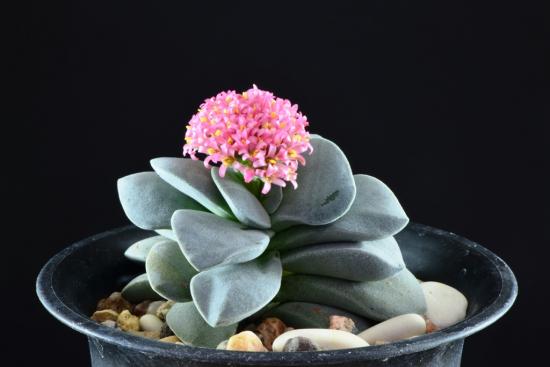
Despite the ease of care, there are incredibly beautiful representatives among succulents. Unpretentious, with beautiful succulent foliage, they will decorate any windowsill.
The most beautiful indoor flowers
Each flower is beautiful and remarkable in its own way, but some are especially attractive to gardeners.
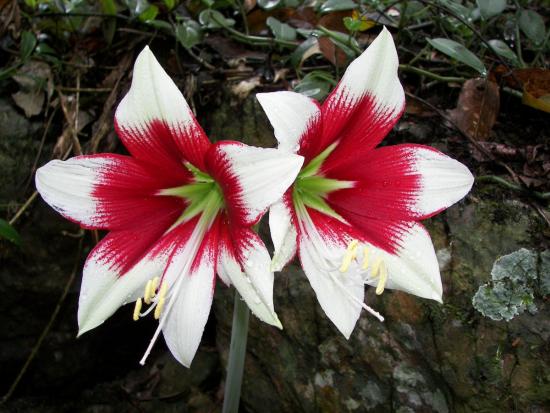
The most notable and exotic representatives include those described below.
| Begonia | The attractiveness of which lies in the fact that the leaves and flowers take on bizarre, completely unpredictable shapes. needs systematic watering and good lighting |
| Bromeliad | A distant relative of the pineapple, which can be easily identified by the pointed shape of the leaves, collected in a rosette, from which the peduncle grows. Does not require abundant watering, grows well with weekly watering, but needs plenty of sun light. Flowering continues for several months; |
| Geranium | Known to everyone in our country, it can not only decorate any apartment, but also has bactericidal properties. The flower is not demanding in matters of watering and spraying; |
| Hyacinth | Small in size, it is widespread, both in home gardening and indoors. Neat with narrow leaves and buds, the shades of which vary from deep red to almost completely white and even purple; |
| Hibiscus | A small evergreen shrub, the buds of which remain on the branches from early spring to late autumn. Requires moderate watering and diffused light, but does not tolerate temperature fluctuations and drafts |
| Hipperastrum | A heat-loving representative with interesting corolla-shaped flowers of rich pink color |
| Croton | It has bright leaf colors and adds zest to home and office interiors. Unpretentious, grows up to 80 cm in height; |
| Lithops | Originally from the rocky deserts of Namibia, the plant tolerates the hot season without damage, accumulating water in the leaves. The buds are yellow or white, rare, but you can find lithops with orange petals |
| Fuchsia | Unpretentious, prefers diffused light. It features amazingly elegant flowers, the color of which varies from soft pink to purple. |
| Schlumberger or Rozhdestvennik | Prefers abundantly lit places, abundant watering and high air humidity. flowering is lush and lush |
It is difficult to name the most beautiful species; each of them is beautiful in its own way. There are simply no ugly plants in nature.
Unpretentious indoor plants
In addition to beauty and varieties, the durability of flowers is also considered an important fact, whether they require special care conditions or easily tolerate some negligence on the part of a forgetful owner.
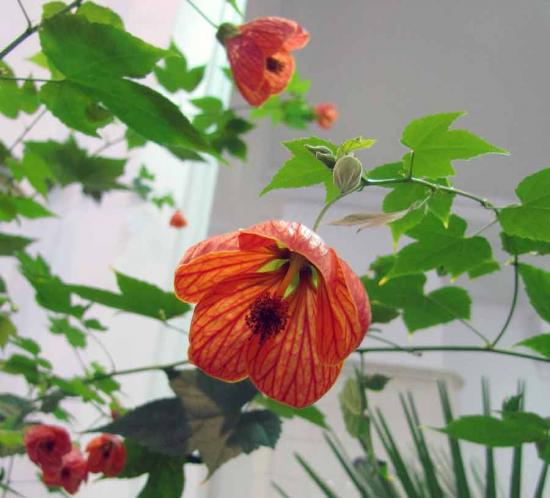
If you do not want to spend a lot of time caring for your green pet, pay attention to the following representatives of the flora:
- Asparagus - distinguished by original leaves, flowers are small and inconspicuous, differ depending on the variety. Tolerates drought without loss, but requires annual replanting;
- Heliotrope is a fragrant perennial whose flowering lasts from spring to autumn. The buds, depending on the variety, can be white or lilac. It is undemanding, but with a lack of light its leaves become excessively elongated;
- Monstera is an ornamental perennial that is distinguished by large feathery leaves that can reach a meter in length. It grows slowly, replanting is recommended once every four years. It is unpretentious, but does not tolerate direct sunlight, and in winter it is recommended to reduce the frequency of watering to once a week;
- Sansevieria or Mother-in-law's tongue - reaches a height of a meter. It is distinguished by long, belt-like sheets, covered with a pattern, collected in a rosette. It is not capricious, but with excessive moisture the risk of death increases. Grows well in both partial shade and bright sun;
- Scindapsus is a liana valued for its amazing plain or variegated leaves. Not afraid of temperature fluctuations and partial shade. The main thing in care is not to allow the soil to become waterlogged;
- Tradescantia - distinguished by multi-colored leaves with curly or straight stems, depending on the variety. The flowering period is three months. Prefers bright, diffused light, the lack of which causes the leaves to become dull;
- Chlorophytum is an ideal plant for the kitchen, it purifies the air. It grows well in low light conditions; it is recommended to water it when the soil dries out, and replant when the roots grow.
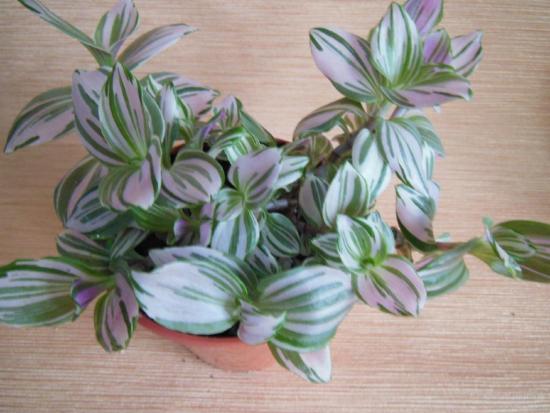
Despite the fact that all the presented species are undemanding and will not cause much difficulty in care, it is difficult to call them ugly.
Each has its own special and exotic beauty.
How to determine the name of a houseplant
Sometimes a new green pet does not come into the house from a flower shop, and it is difficult for an ordinary person to determine its name. Meanwhile, knowing the name makes it possible to provide proper care.
But how can one determine the name of a stranger who has entered the house? The best option is to contact a biologist or agronomist. But not everyone knows botanists or gardeners. The second option is flower guides, but this one will take too much time.
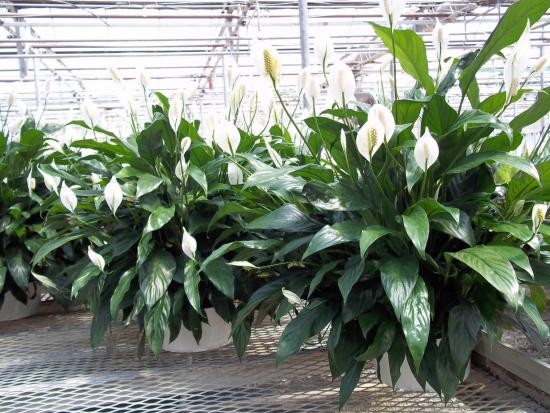
But don’t despair, because we have the Internet. So it’s worth posting a photo of a flower on a forum or in a thematic group asking for help in determining the name, or looking for it yourself.
To do this you need:
- Take a photograph of the plant, and the photo should be extremely clear;
- In the browser, ask the request “catalog of indoor plants” and enter the pictures;
- Click on the camera image at the end of the line and “Select file”, through which you upload the photo;
- After the image is loaded, the phrase “It seems in the picture” will appear at the bottom of the page and then a list of names from which the desired one will be found.
There are many options, but they differ in time costs. The easiest option is the last option, the most effective is expert advice.
The variety of indoor plants cannot but amaze: flowering, fruiting, deciduous, all of them are beautiful and unique in their own way.
Houseplants and their names, watch the video:
If desired, even the most unlucky gardener can choose something unique and inimitable.

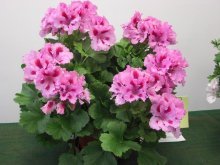
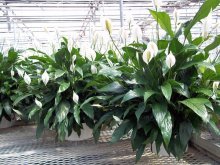
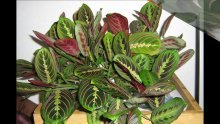

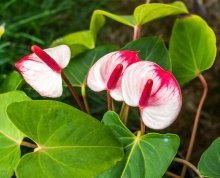
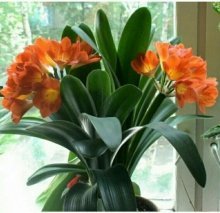

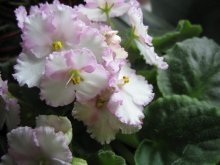
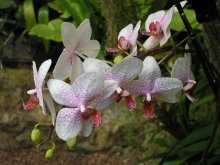
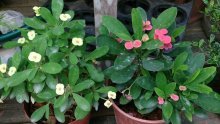
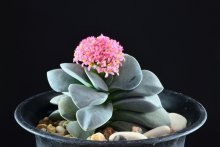
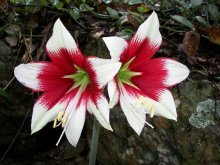
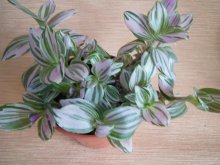
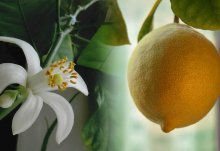
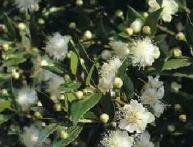
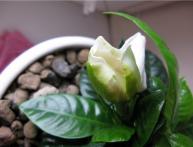

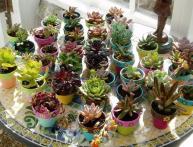
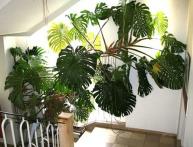
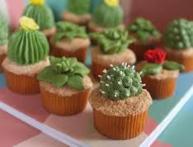

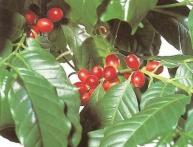
Comments
There are probably succulents and cacti in every home; I have come across this phrase more than once on flower-themed websites. For example, we have aloe at home, it’s very picky.
I think the most beautiful ones are, of course, those that bloom. I really like Decembrist, with its beautiful flowering, I love Kalanchoe, Spaciphylum, a beautiful and not whimsical plant. I also really like orchids, but I haven’t made friends with them.
I think the most chic house plant is the azalea. I also know one variety of begonia that constantly blooms with yellow flowers and is unpretentious. I also love Uzambara violets. It's a miracle.